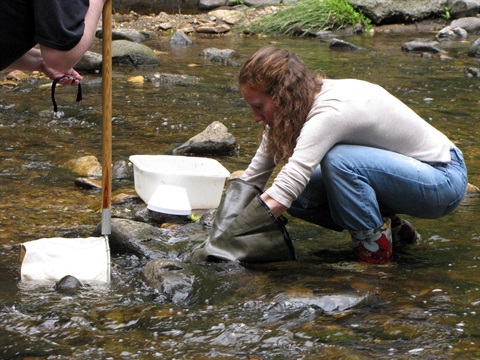
Arlington’s streams are an important natural and recreational resource. However, development has significantly impacted the nearly 33 miles of perennial streams in the County. View Arlington’s watershed map.
Most buildings and roads were built prior to regulations requiring stormwater be slowed down or treated, so runoff from these areas flows uncontrolled to streams. Roughly 42 percent of Arlington’s land has been converted to impervious surfaces, like roads, sidewalks and buildings that don’t allow water to soak into the ground. This is one of the key watershed management challenges that has a significant impact on stream health.
Are Arlington’s Streams Healthy?
As a result of our urban environment, Arlington’s streams are generally in fair condition. Stormwater runoff that enters our streams causes flash floods — significant increases of water that occur in a short period of time after a storm — and carries sediment and other pollution.
Bacteria levels in Four Mile Run, like most urban streams, routinely exceed water quality standards considered safe for primary contact recreation, like swimming. You should follow stream safety guidelines when coming into contact with our streams.
Learn more about water quality monitoring results from the Volunteer Stream Monitoring Program.
Contact Us
To become a volunteer stream monitor, contact Lily Whitesell at 703-228-3042.